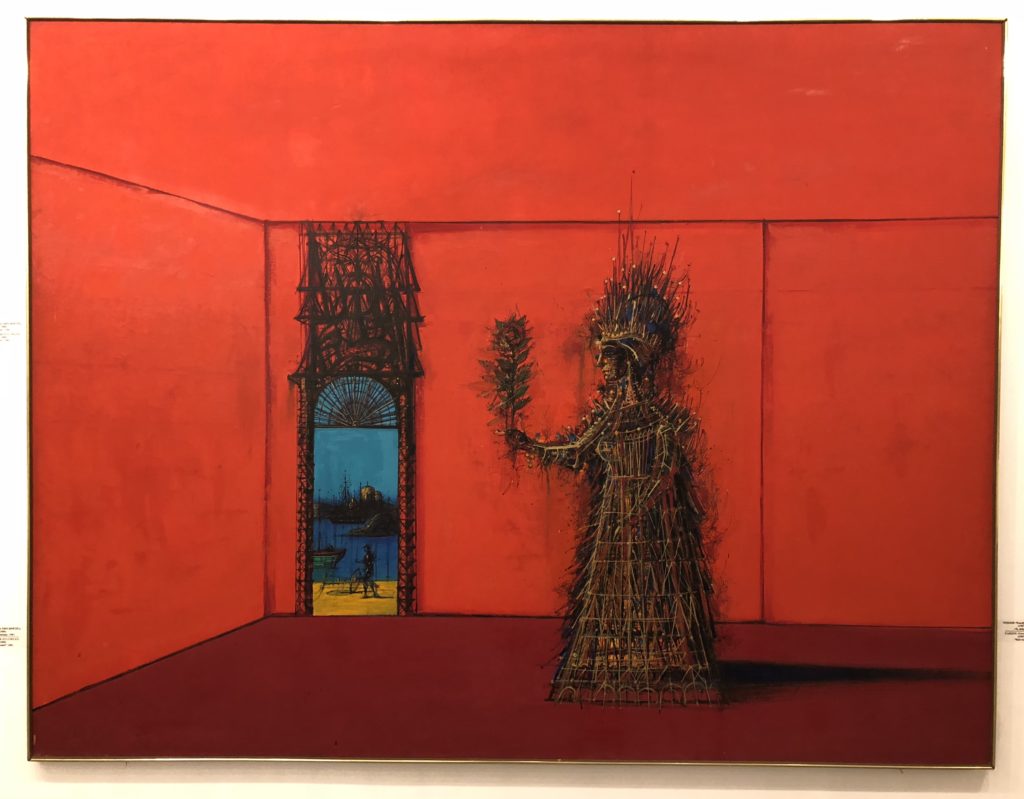
I’ve already served you up a few options to check out Yerevan’s (modern) art scene- The Cascade outdoor sculpture garden, the Cafesjian Center for the Arts and the Martiros Sarian House Museum- but there are simply too many great art museums in the capital to leave it at that. So now I present to you the bonus round: three additional art museums that show off the best of what Armenia has to offer.
(Disclaimer: For some reason, I find it extremely difficult to take well-framed, straight-on photos in an art museum, so you’ll just have to deal with the crooked pics or skip this post!)
Yerevan Modern Art Museum
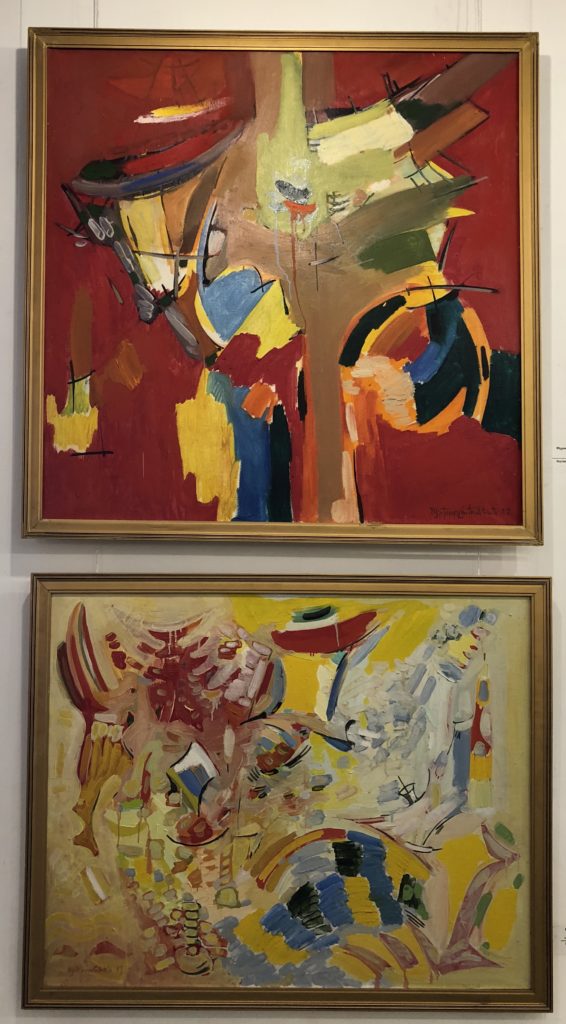
Artistic expression and the Soviet censors were not happy bedfellows. It was more like a game of whack-a-mole, wherein the censors furiously smashed their mallets down on anyone who dared color outside the lines. Painters and sculptors had to instead tow the party line and incorporate Soviet themes into their work, lest their art never saw the light of day or worse, the artists themselves met with jail time or death.
It was rather daring then, when in 1972 Henrik Igityan founded Yerevan’s Modern Art Museum, the first contemporary art museum in the Armenian SSR. Not only was the museum allowed to operate, but Igityan amassed the largest collection of Soviet-Armenian art, both from within the SSR and across the Armenian diaspora. Although many pieces have been added to the collection post-1991, it is the allure of the Soviet art that drew me to the expertly-curated museum.
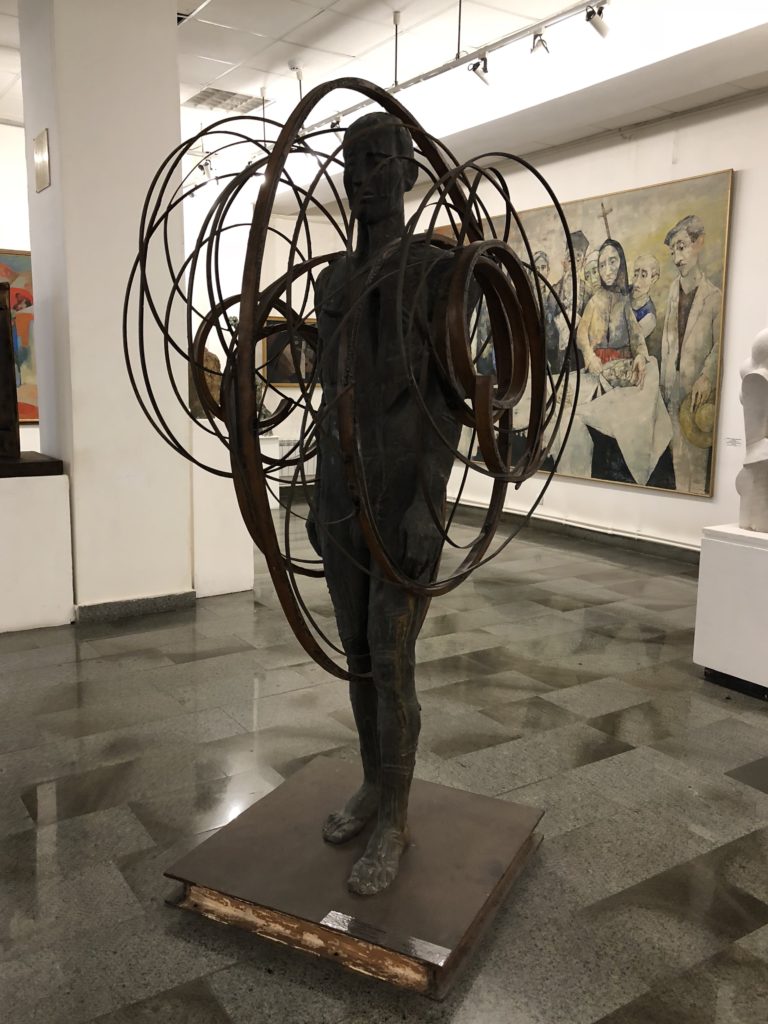
Also of note is the section of art examining the Armenian Genocide and displacement of Armenian refugees across the Caucasus, Middle East, and the world. My favorite of the pieces was a circular disc made up of six wedges of clay and earth gathered from around the newfound diaspora. The artist then interviewed Armenians who had survived the genocide and literally wrote their stories into the new land they called home.
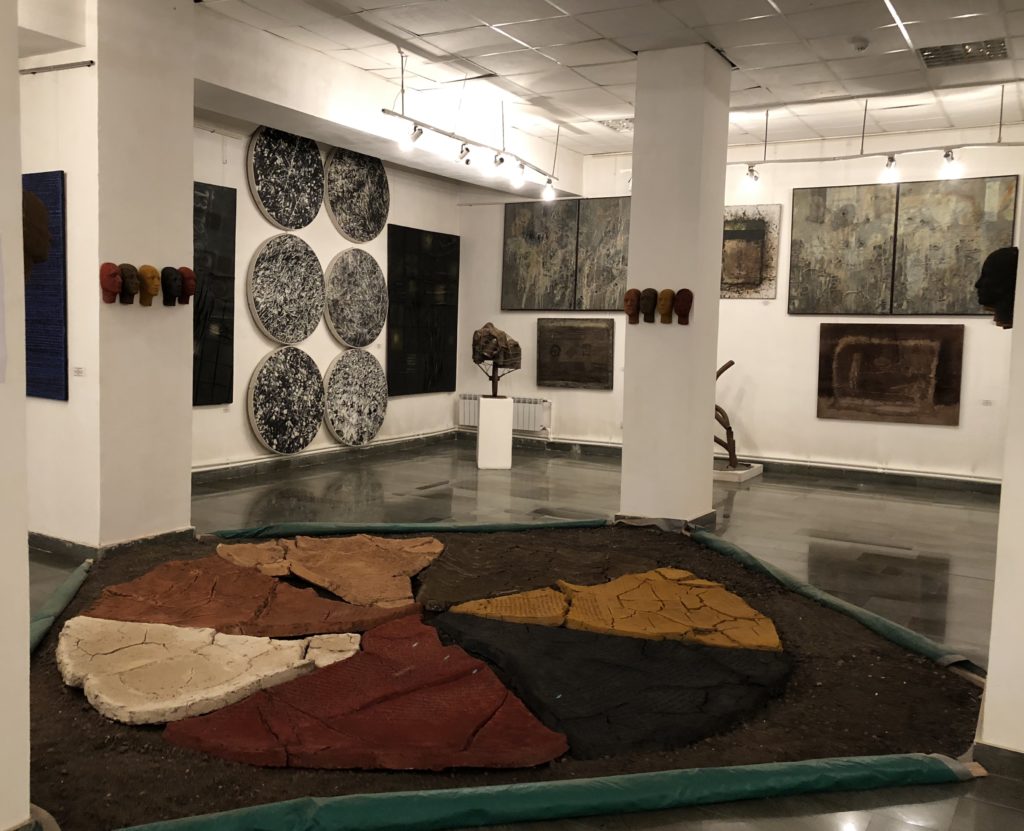
Armenian Center for Contemporary Experimental Art
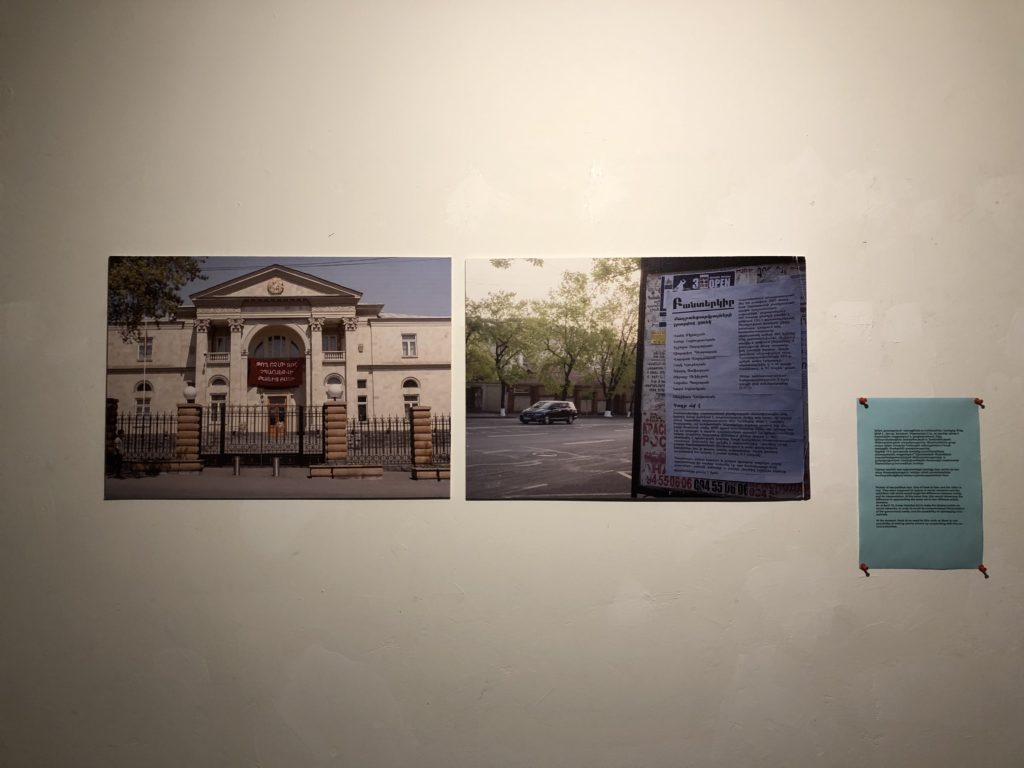
If the Modern Art Museum was a rebel with(out) a cause in Soviet times, then the Armenian Center for Contemporary Experimental Art (ACCEA) was more akin to the Phoenix rising from the ashes. The organization was founded in 1992, just one year after the fall of the Soviet Union. Armenia was reveling in its newfound independence and ACCEA aimed to present Armenian art in its most unshackled form. Think more video installations and politically-themed photography than Grecian Urns and Madonna with Child.
When I visited, the themes of the exhibition were the effects of fake news and social media on Armenian society. One artist hung political signs and flyers all over Yerevan, some true and some false. The artist wanted to have a grand unveiling of the scheme, but the project had to be called off because so many people believed the fake stories leading to actual political unrest. Of course, this only proved the artist’s point that we can be so easily manipulated and rarely take the time to fact check the information given to us on a daily basis.
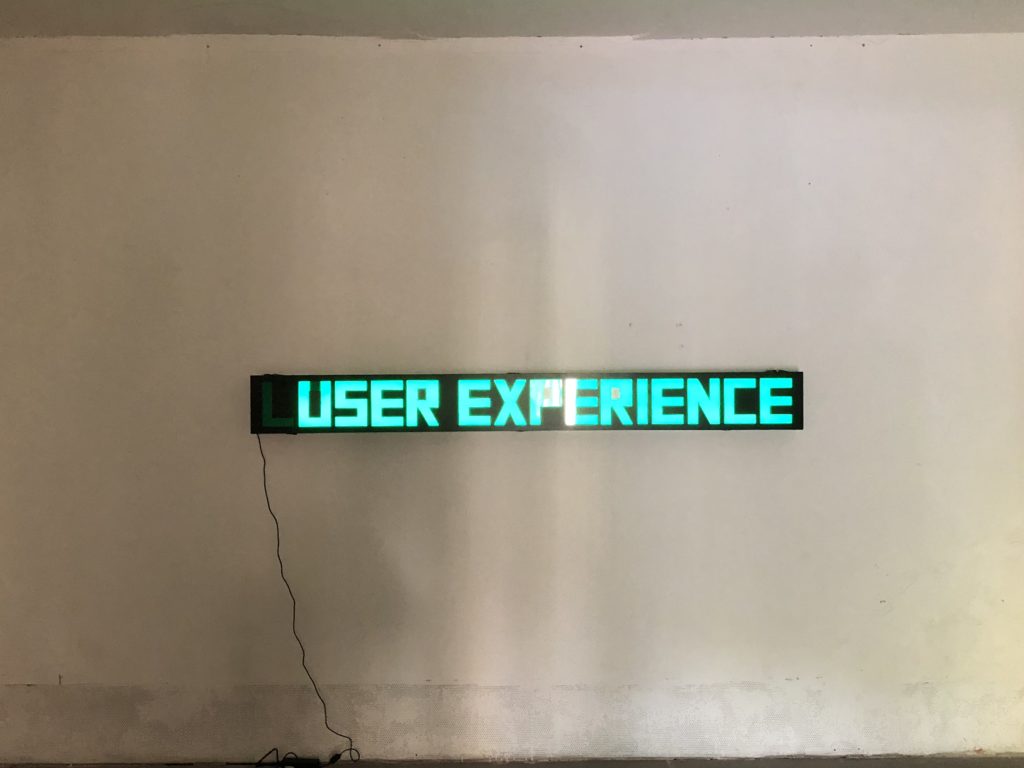
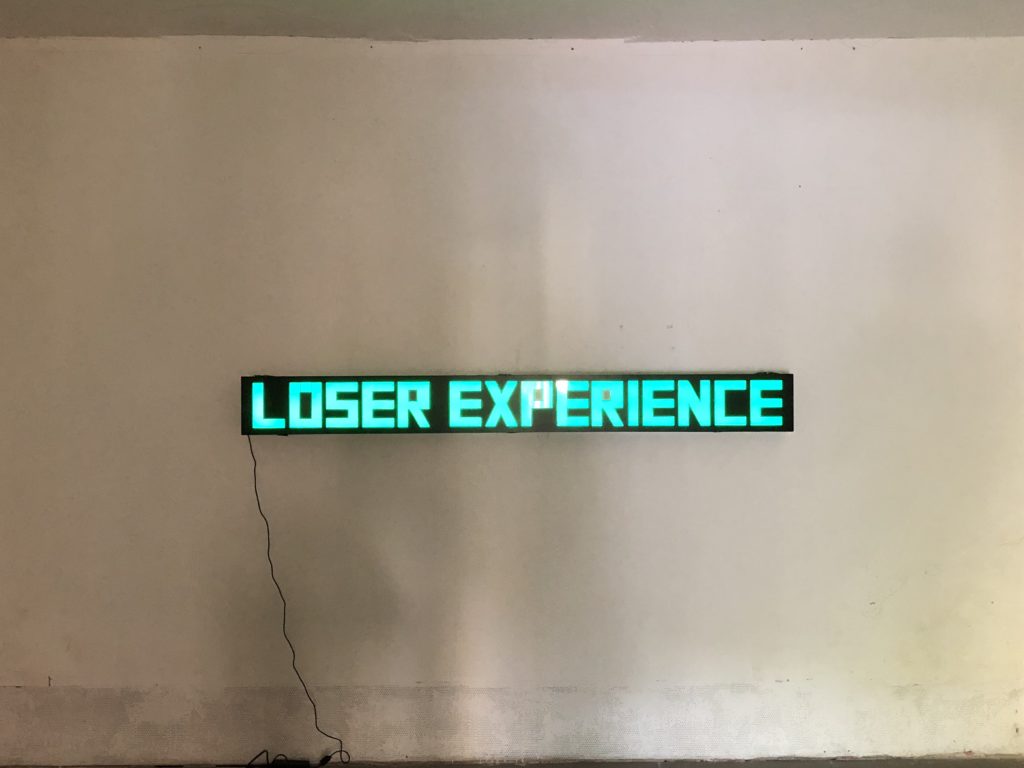
The social media critiques, while not exactly revolutionary at this point, were nonetheless amusing. I was quite taken with this sign that alternated flashing user experience with loser experience. There was also a collection of Facebook posts where people could express what they were really feeling about a person’s posts rather than what they knew society expected of them (e.g. instead of gushing about family vacation photos, you could write, “You gave me gonorrhea in high school, asshole!”)
Also a plus, the ACCEA is completely free and there is no extra fee to take photos!
National Gallery of Armenia
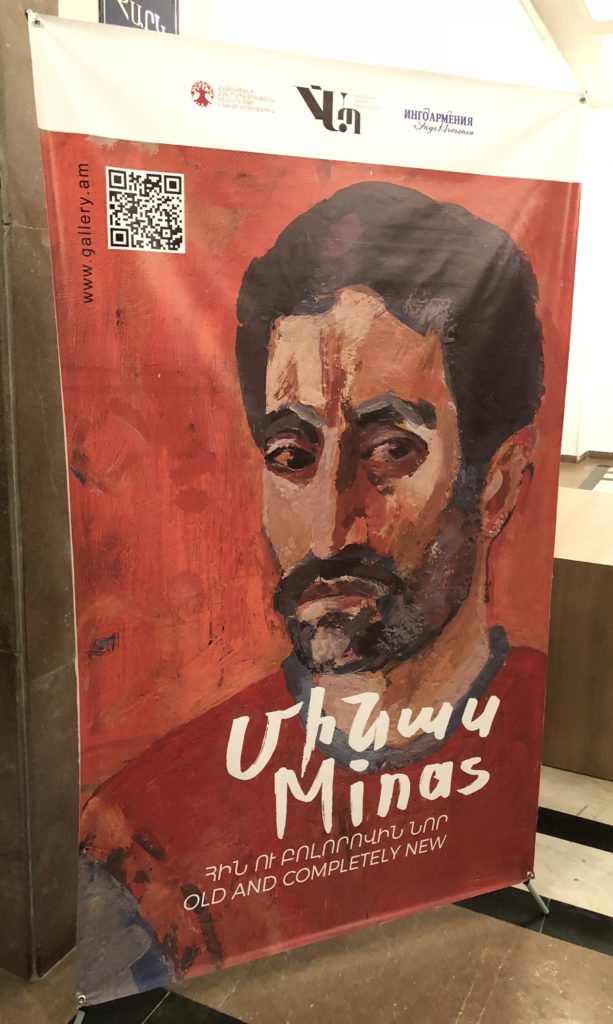
I have to admit that the National Gallery was my least favorite art museum in Yerevan, saved only by the excellent special exhibition of Minas Avetisyan’s works. The National Museum and the National Gallery share a building right behind the Singing Fountains of Republic Square. There are separate tickets for each museum and the National Gallery charges extra for their special exhibitions as well. (Make sure you request to have the special exhibitions included at the front desk; I was not prompted and had to return to the entrance to purchase the supplemental ticket.)
The building itself is gorgeous and the paintings are organized or six floors. There is no air conditioning and the air was so stifling hot that it was impossible to enjoy looking at the art. Maybe everyone was having a bad day due to the heat, but compared to the helpful and enthusiastic staff members at all the other museums I encountered in Yerevan, some of these workers were downright surly. You can come here and truly receive the old Soviet treatment!
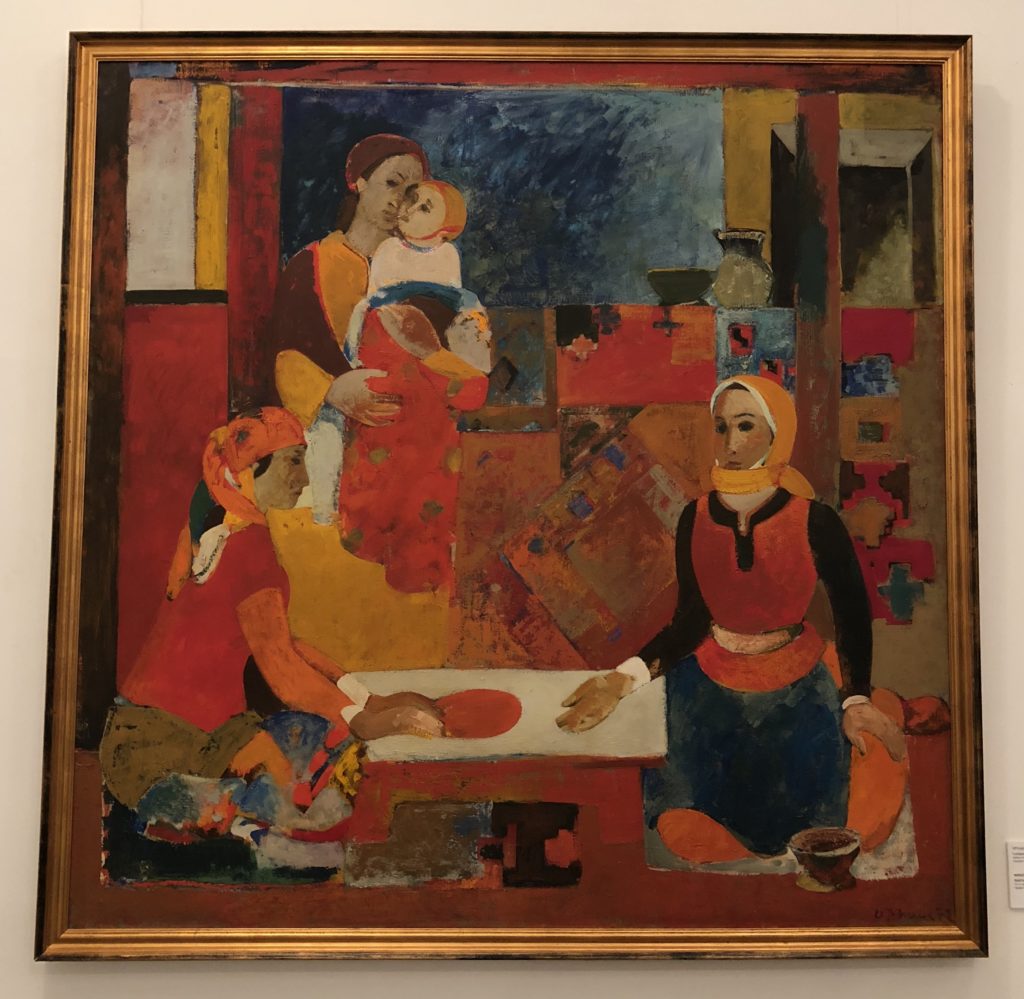
Transition to: Minas Avetisyan, one of the great Soviet-Armenian painters. He was born into a poor family in 1928 and focused most of his brief career on landscapes and the joys (and hardships) of traditional, rural life. His exhibitions in the 1960s were seen as subversive by the censors, engendering too much love for the old Armenian way of life. He appeared in several banned documentaries and at age 47, Avetisyan was struck down in a car “accident” that was orchestrated by the KGB. He may have only ever officially been a Soviet citizen, but he was Armenian through and through; his works are full of wonderfully bright colors and it’s well worth hunting down his pieces once they are reintegrated into the permanent collection.
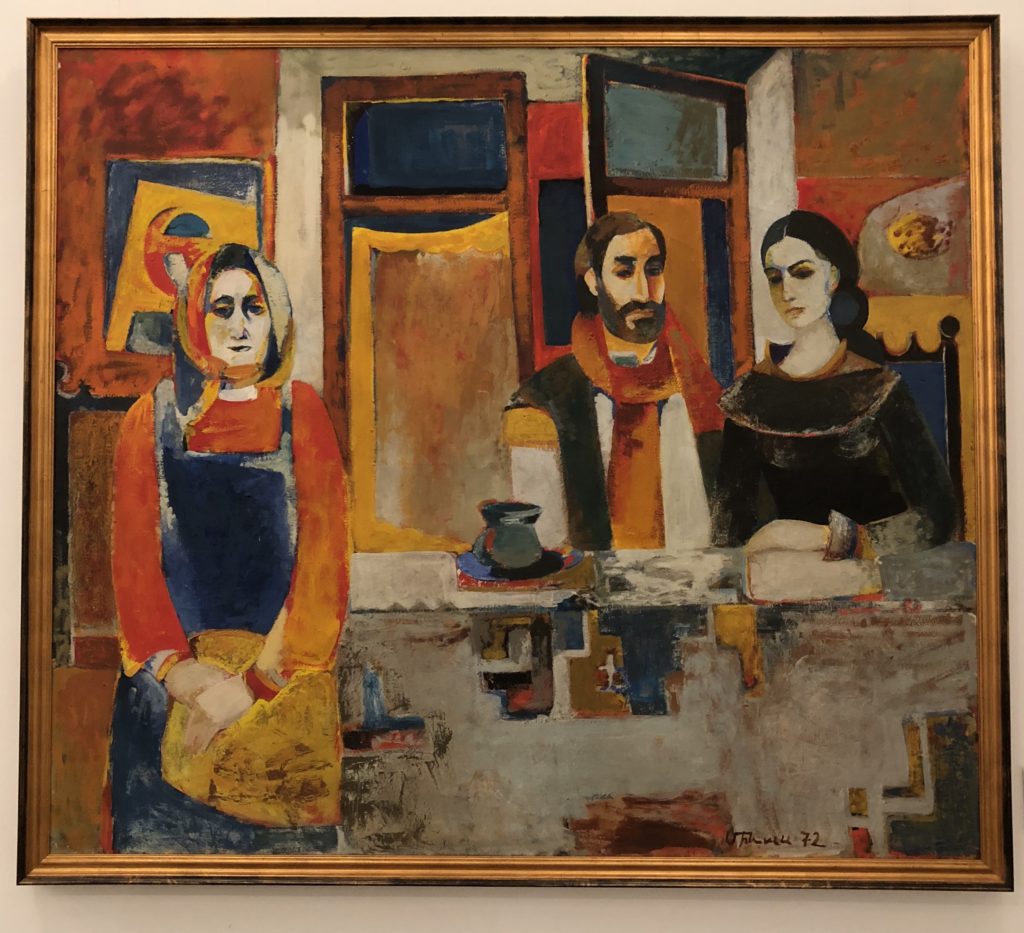
It would be sensory overload to cram all these art museums (plus The Cascade and the House Museums) into a few days worth of sightseeing. Yerevan requires at good, full week to truly appreciate all the art available at a relaxed pace.
Armenian artists may not carry the worldwide recognition that names like Van Gogh and Renoir do, but that doesn’t mean they aren’t any less worthwhile. It’s easy to only make your way down the “famous” artist checklist to post all over social media that you’ve seen the Mona Lisa and the Sistine Chapel, but honestly, I’ve seen both and Minas Avetisyan is way better. People will line up for hours in Amsterdam just to see a Rembrandt or Van Gogh, but tell them this Avetisyan painting above was a Van Gogh and they would ooh and aah just the same. Drop the preconceived ideas you have about art and just take each piece as it comes your way.
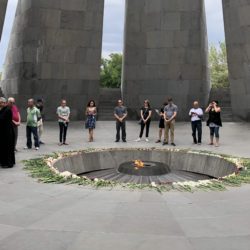
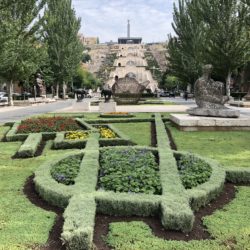
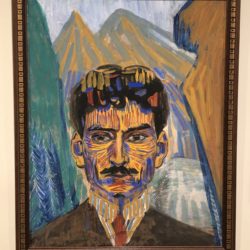
Un bon articl qui parle de l’art armeniens
Merci Edem!